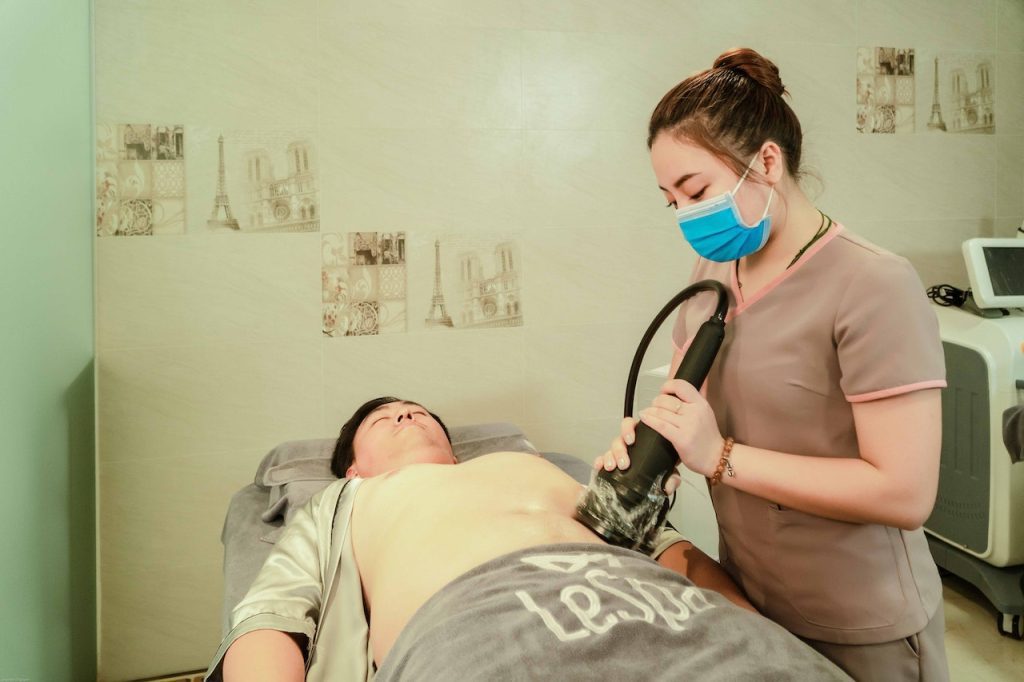Over the years, congenital heart surgery has become highly refined with extreme safety and reliability, even in very small babies. Our surgeons perform the most complex operations, including those for atrioventricular canal defects, ventricular septal defects and Tetralogy of Fallot. Pediatric heart surgery includes surgeries for infants to adults — from neonatal repair for HLHS or arterial switch operation to VAD implants and intricate biventricular reconstruction for patients with Williams syndrome, CCTGA or tetralogy of Fallot.
Pre-Operative Care
Physiotherapy plays an important role in the pre-and postoperative periods following cardiac surgery. Studies have shown that physiotherapy can reduce the incidence of pulmonary complications such as retention of secretions, atelectasis and pneumonia. Before the operation, your child will visit the surgeon to discuss the surgery and sign consent forms. You may also meet with other heart team members, including nurses and care coordinators. Your kid will receive a chest x-ray and a blood test on the day of surgery. If your child has a respiratory infection, the surgeon may need to reschedule the operation until the infection improves. Your kid will have a pulse oximeter inserted on their finger, toe, or head (for young newborns). It monitors how well oxygen is coming into the body. For a while, your child will have a tube in their chest that drains a small amount of fluid (this is normal). Your child may need pain medicines for a while.
Recovery
Surgery to correct congenital heart disease can be very successful. Surgeons specializing in pediatric cardiovascular surgery undergo one to three years of intensive professional training in addition to medical school. Experts who assist patients in recovering from surgery collaborate closely with surgeons like Armen Parajian. This team includes pediatric cardiologists, neonatologists, nurses, and advanced practice providers specially trained in caring for children with complex heart disease. The team comprises cardiac intensivists and perfusionists (healthcare professionals using a heart-lung machine during surgery).
Depending on the type of surgery, your child may need pain medicine. These medications are given through a tube that goes into a blood vessel in the hand, arm or foot (or the head in small infants). The tube is removed once your child is comfortable and no longer needs pain medicine. Many young children must be lifted using “scooping” (supporting the neck and shoulders while raising under the buttocks). It helps avoid stress on the incision site.
Follow-Up
Depending on your child’s surgery, they may need to go back to the hospital for at least one check-up within the first 1-2 weeks after going home. The surgical team will check and remove any remaining stitches during this appointment. They will also send a full medical summary to your pediatrician and cardiologist, who will continue coordinating your child’s care at home. Children who have undergone heart surgery can sometimes be emotional, clingy or quiet for some time. It is due to the shock of having major surgery and the effects on their body.
Postoperative Care
In this surgery, a surgeon cuts down the front of your child’s chest and splits the breastbone (sternum) to reach the heart. The surgeon patches the hole in the heart (ventricular septal defect, VSD). During this operation, your child is connected to a heart-lung machine, which pumps blood and acts as the lungs. After the procedure, your child may be correlated to several tubes in the body (IV lines) that give fluids and medicines. The most important line is the pulse oximeter, which looks like a tiny sticker on your child’s finger or toe (or head in small babies). It measures the amount of oxygen in the blood. Once the surgery is done, your child goes to an intensive care unit (ICU) where doctors and nurses will help them recover from the operation. Depending on your child’s condition, they may need to stay in the ICU for 2 to 4 days right after surgery.




Leave a Reply
You must be logged in to post a comment.